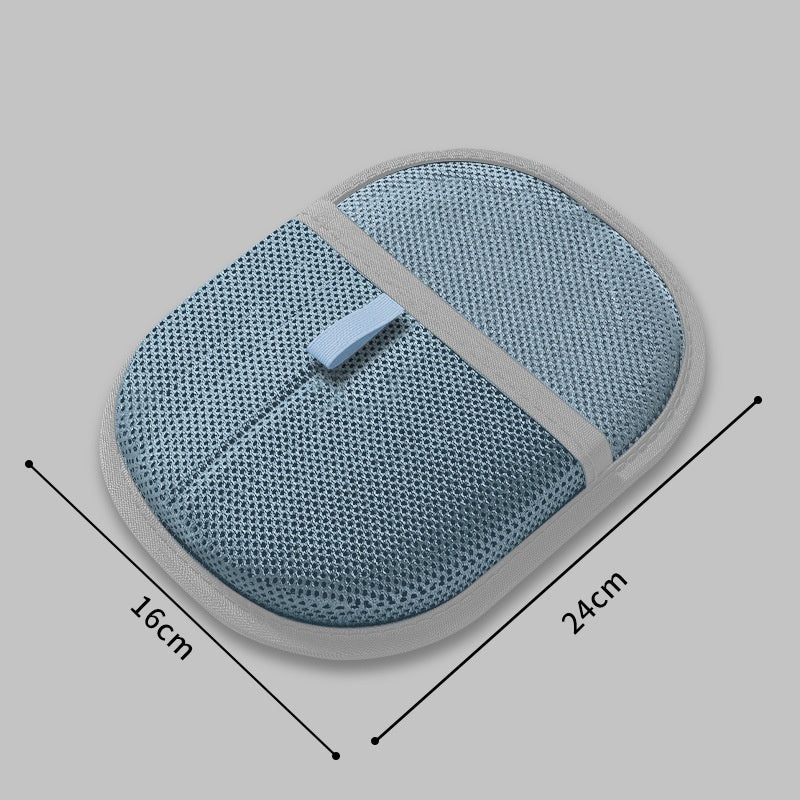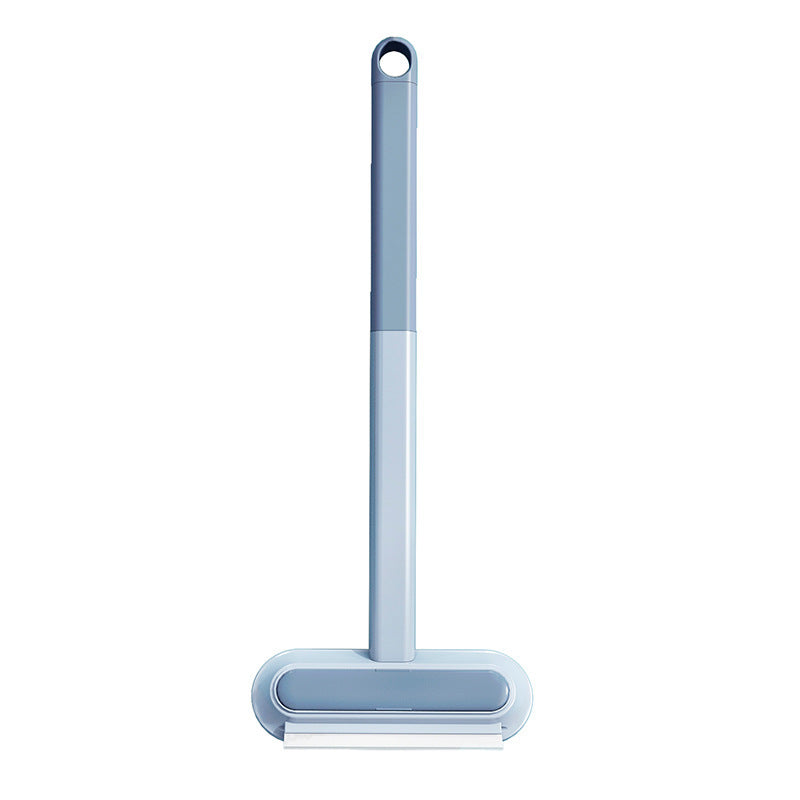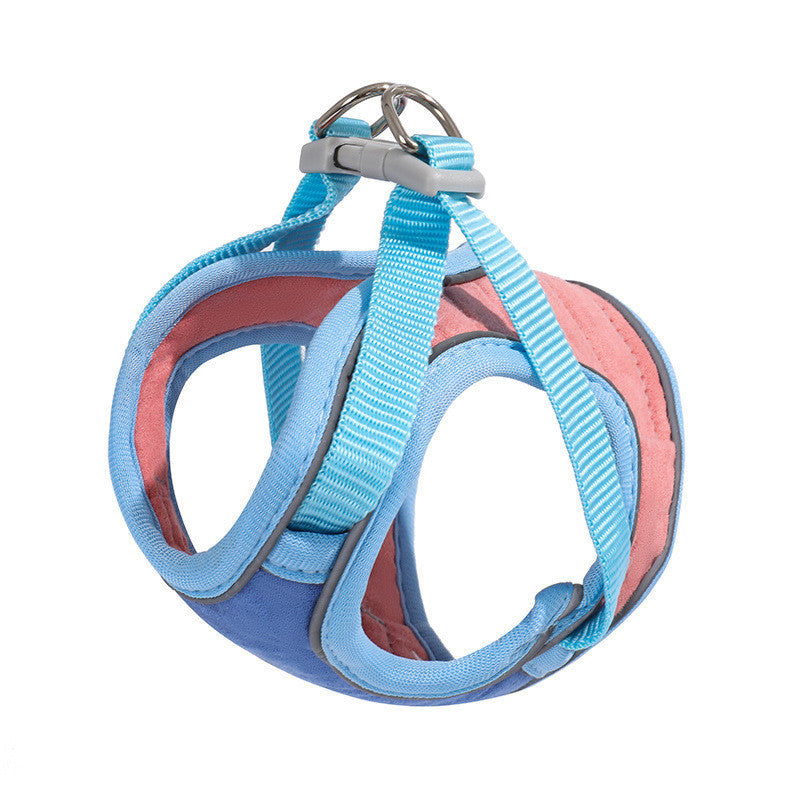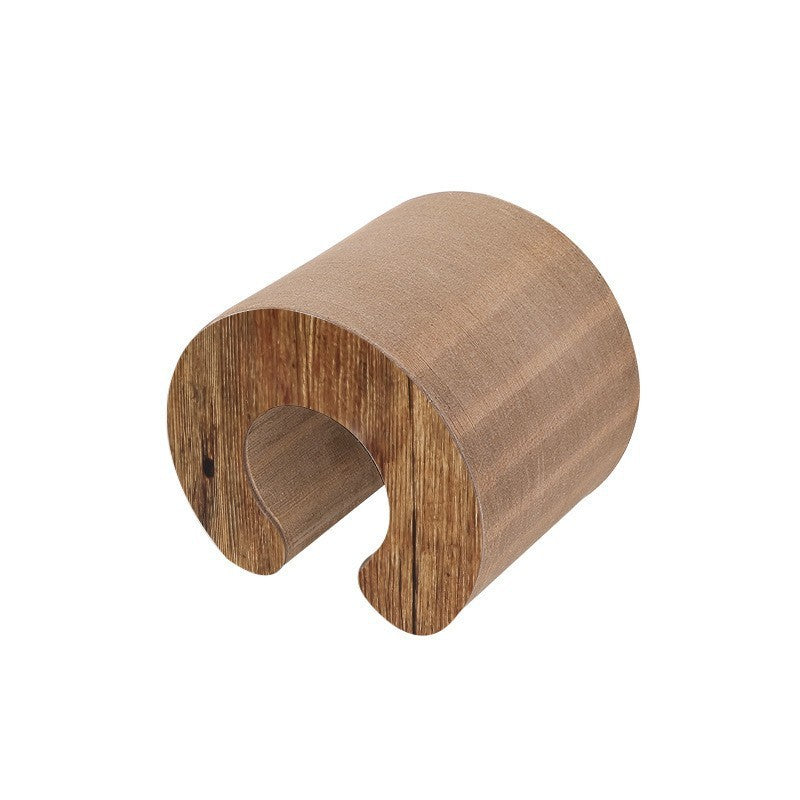Bringing a new cat into your home is exciting, but it requires careful planning to ensure a smooth transition for both new and existing pets. Proper introductions can set the stage for lifelong friendships or at least peaceful coexistence. In this blog, we'll guide you through the process of welcoming a new feline family member.
Preparation phase: Before bringing your new cat home, create a separate space with all the essentials: food, water, litter box, bed, toys, and scratching surfaces. This gives your new cat a safe territory to adjust to their surroundings without feeling overwhelmed or threatened.
Scent exchange: Cats communicate largely through scent. Swap bedding between your new and existing cats to familiarise them with each other's scents before visual contact. You can also gently rub a towel on one cat and place it near the other's feeding area to create positive associations.
Australian animal behaviourists and organisations like Vet Voice Australia suggest swapping bedding or using a soft cloth to transfer scents between cats. This technique is commonly taught in Australian pet adoption programs to help cats adjust to each other before they meet face-to-face.
Visual introduction: After a few days of scent exchange, allow the cats to see each other through a barrier like a baby gate or cracked door. Feed them on opposite sides of the barrier so they associate positive experiences with each other's presence.
Supervised meetings: When both cats seem comfortable with visual contact, allow brief supervised meetings in a neutral space. Keep these sessions short and positive, gradually increasing their length as the cats become more comfortable.
Patience and progress: Some cats become fast friends, while others may take weeks or even months to fully accept each other. Watch for positive signs like decreased hissing, mutual grooming, or sleeping near each other. These indicate growing acceptance.
RSPCA Australia and local veterinarians remind pet owners that some cats may take weeks or months to accept each other. They encourage patience and ongoing positive reinforcement, which is standard advice in Australian pet care.
| Step | Purpose | How to Implement |
|---|---|---|
| Preparation | Safe adjustment for new cat | Set up a quiet room with essentials |
| Scent Exchange | Familiarize cats with each other’s scent | Swap bedding, use a scent-transfer cloth |
| Visual Introduction | Positive association, reduce stress | Baby gate/open door, feed on either side |
| Supervised Meetings | Safe interaction, build trust | Short, positive meetings in neutral area |
| Ongoing Monitoring | Ensure gradual acceptance | Watch for positive behaviours, adjust pace |
Remember that cats are territorial by nature, and forcing interactions can create lasting negative impressions. The key to successful introductions is respecting each cat's pace and providing positive experiences when they're together.
Step-by-Step Guide: Introducing a New Cat
- Prepare a Separate Space: Set up a quiet room with all essentials for your new cat.
- Begin Scent Exchange: Swap bedding or use a cloth to transfer scents between cats.
- Allow Visual Contact: Use a baby gate or slightly open door for visual introductions while feeding.
- Supervise Initial Meetings: Let the cats meet briefly in a neutral area, keeping sessions short and positive.
- Monitor Progress: Watch for positive signs like decreased hissing or mutual grooming.
- Increase Interaction Gradually: Extend supervised meetings as the cats become more comfortable.
- Maintain Routine and Affection: Continue giving attention and affection to existing pets to prevent jealousy.
- Adjust Pace as Needed: Respect each cat’s comfort level and avoid forcing interactions.
Always ensure that existing pets continue receiving attention and affection to prevent jealousy. With patience and proper management, most cats can learn to accept new feline housemates, even if they never become best friends.
FAQs: Introducing a New Cat
Q: Why is a separate space important for a new cat?
A: A separate room helps the new cat feel safe and reduces stress, as recommended by the Cat Protection Society of NSW and RSPCA Australia.
Q: How does scent exchange help with introductions?
A: Swapping bedding or using a scent-transfer cloth familiarizes cats with each other’s scent, making face-to-face meetings less stressful, as advised by Vet Voice Australia.
Q: What is the best way to introduce cats visually?
A: Use a baby gate or slightly open door and feed the cats on either side to create positive associations, as recommended by RSPCA Victoria and the Australian Veterinary Association.
Q: How long does it take for cats to accept each other?
A: It can take weeks or even months, depending on the cats’ personalities. Patience and positive reinforcement are key, as highlighted by RSPCA Australia and local veterinarians.
Q: Should I pay extra attention to my existing pet during introductions?
A: Yes, continue giving attention and affection to your existing pet to prevent jealousy and help them adjust, as advised by Australian pet behaviourists.


















































































